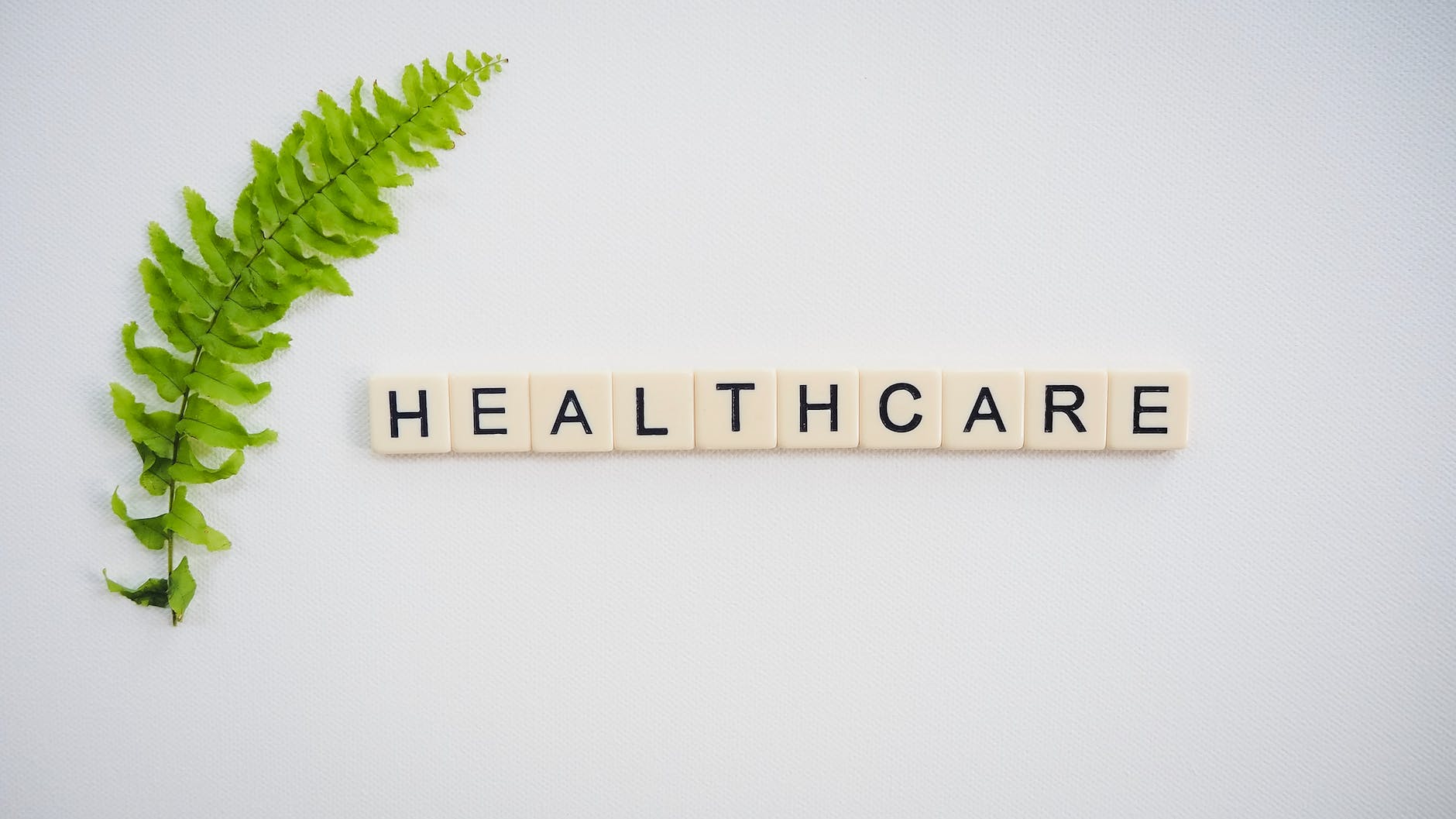
Healthcare
Preventive health refers to the measures taken to prevent diseases or injuries rather than curing them. It is focused on promoting wellness and good health through awareness, education, and proactive strategies. Preventive health plays a crucial role in managing both communicable and non-communicable diseases.
The scope of preventive care extends from fundamentals such as clean water, nutrition, and hygiene to essential health practices like regular checkups, vaccinations, and screenings. It also encompasses managing risk factors proactively. In the face of escalating healthcare costs worldwide, driven by aging populations and a surge in chronic lifestyle diseases, there is a pressing need to shift our perspective.
Rather than adopting a ‘reactive’ stance towards health, it’s crucial to embrace a ‘preventive’ approach. This paradigm shift in health management is not just a trend but a necessity. In line with this, it’s advisable to book appointments with healthcare providers like Complete Wellness, who can guide and support this preventive health journey, ensuring a more sustainable and healthy future.
This article will examine the importance and impact of preventive health across populations, its role in disease management as well as recent advancements and direction for the future.
Principles of Preventive Health
The key principles of preventive health involve primary, secondary, and tertiary prevention.
- Primary prevention aims to avoid developing a disease altogether through health promotion campaigns, vaccinations, and encouraging healthy diets and active lifestyles.
- Secondary prevention focuses on early detection through regular screenings and tests, which allows for prompt treatment increasing chances of recovery and survival before conditions worsen.
- Tertiary prevention manages existing health issues to control progress and minimize impact through monitoring, rehabilitation, and ending destructive habits like smoking.
Thus, preventive health education empowers people to make informed decisions about their well-being.
Impact of Lifestyle on Health and Disease
Unhealthy diets, physical inactivity, alcohol, and smoking contribute to approximately 80% of heart disease, strokes, and type-2 diabetes along with over a third of cancers in the US (CDC). Thus lifestyle modification should begin early on through:
- Balanced, nutritious diets high in fruits and vegetables
- Regular exercise for cardiovascular and bone health
- Adequate good quality sleep and stress management
- Avoidance of smoking, excessive alcohol, and substance abuse
With obesity and mental health issues rising globally, wellness strategies like yoga, mindfulness, and positive social connections are also crucial for holistic disease prevention.
Preventive Health Strategies Across Age Groups
Tailored preventive health programs should target the needs of different age groups:
- Childhood – Building lifelong healthy habits through education campaigns, vaccination, nutrition guidance
- Adulthood – Health risk assessments, cancer screenings, regular physician checkups, workplace wellness initiatives (book appointment with Complete Wellness)
- Elderly – Medication management for chronic conditions, fall prevention, dementia screening, social connectedness
Continuity of care and age-appropriate health advice fosters well-being whilst curbing exponential healthcare expenditure due to advanced diseases.
Preventive Health in Chronic Disease Management
Chronic diseases linked to modifiable risk behaviors (hypertension, heart disease, stroke, cancer, and type 2 diabetes) account for over 70% of deaths worldwide (WHO). Thus cost-effective population-based interventions for preventive health include:
- Lifestyle counseling and self-monitoring programs
- Multi-disciplinary disease management education
- Accessible screening tests, telehealth clinics, medication compliance monitoring, etc. which enable early diagnosis and prompt treatment
Such holistic preventive care is pivotal to tackling the escalating financial burden of chronic conditions on healthcare systems globally.
Technological Advancements in Preventive Health
Innovations in healthcare technology are transforming traditional reactive approaches towards preventive care through:
- Artificial intelligence for predictive risk modeling, remote diagnostics, and personalized care
- Health apps, wearable devices, and biosensors that enable real-time tracking of health metrics
- Online patient portals, telemedicine, and health risk assessments provide convenient access
- Analytics of population health trends guiding resource allocation for integrated, proactive interventions
Thus digital health solutions allow individuals greater control over monitoring and managing health whilst improving patient-provider collaboration.
Healthcare Systems and Preventive Health
For preventive health policies to succeed, coordinated efforts between local and national government, insurers, employers, and communities are critical to:
- Incentivize regular wellness exams, cancer screenings, smoking cessation, workplace fitness, etc. through insurance coverage or refunds
- Invest in community health programs tailored to needs – maternal health, geriatric care, addiction counseling, pediatric services, etc.
- Promote preventive health education amongst clinical teams through leadership development and training
- Develop customized technological tools, guidelines, and protocols for streamlined care coordination
Hence, a multidimensional approach across sectors is imperative for creating supportive health ecosystems.
Challenges in Implementing Preventive Health
Despite knowledge of preventive strategies, translating awareness into action and adherence at the population scale remains challenging due to the:
- Individual apathy, misconceptions around testing/screening
- Limited health literacy and access in marginalized communities
- Resource constraints for workforce training, community outreach
- Gaps around cultural sensitivities in public health communication
Thus context-specific barriers limiting engagement must be addressed through localized planning and consistent trust-building for long-term collective impact.
Future Directions in Preventive Health
Key opportunities for scalable, sustainable preventive health goals encompass:
- Leveraging big data, AI, and genomic testing to predict risk factors and disease
- Exploring health implications of climate change, Planetary Health diets, etc.
- Enhancing value-based payment models incentivizing providers for patient outcomes
- Integrating digital platforms providing personalized recommendations
- Developing health metrics and surveillance systems to direct predictive, preventive policy
Hence, by combining new-age tech innovations with community-centric solutions, data-driven preventive health can usher transformative population wellness at reduced costs.
Conclusion
In conclusion, preventive health is imperative to curtail rising financial pressures of avoidable disease burden globally.
Employing health promotion strategies tailored for demographics and diversity has significant potential to reduce risk factors originating from non-communicable diseases to communicable outbreaks. Progress requires collective public-private efforts toward equitable health literacy, localized community health resources, and harnessing technological advancements in digital healthcare.
Through supportive organizational structures and predictive systems, we will catalyze the transition from reactive treatment to proactive living by elevating health consciousness across societies.






